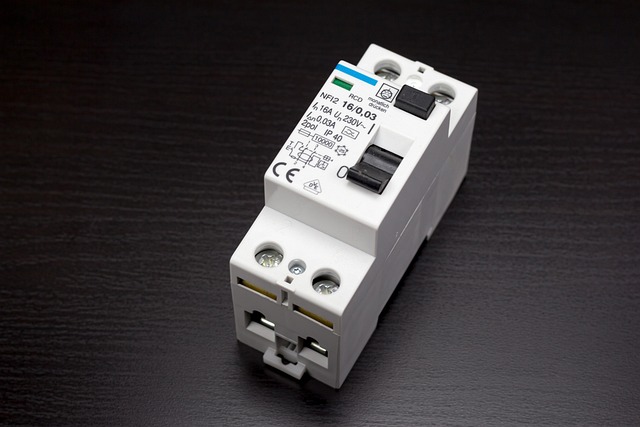In the continuously changing world of electrical safety, one tool stands out above the rest in terms of ensuring our safety: the RCBO. The Residual Current Circuit Breaker with Overcurrent Protection, sometimes known as the RCBO, is a crucial innovation that has become a standard in modern electrical systems. Its primary role of detecting and preventing potential electrical hazards demonstrates the progress we’ve achieved in the pursuit of safety. Schneider Electric has spearheaded this wave of progress by championing the development and integration of this critical technology into our homes and workplaces. If you’re looking to learn more about commercial circuit breakers, you can read here.
The RCBO’s genius rests in its dual usefulness. It combines the functionality of a Residual Current Device (RCD) and a Miniature Circuit Breaker (MCB). While the RCD detects any imbalance in the flow of electricity between the live and neutral wires, signaling a potential leak or fault, the MCB protects circuits from harmful overloads or short circuits. The RCBO provides a complete precaution against a wide range of electrical risks by smoothly merging these tasks.
However, knowing the risks that the RCBO mitigates is necessary to appreciate its usefulness. Electrical accidents can cause moderate shocks, severe burns, and even lethal electrocutions. These disasters, which are frequently caused by circuit overloads, short circuits, or ground faults, can result in not only personal injury but also property destruction, including fires. By immediately recognizing and responding to these threats, RCBOs, particularly those from industry leaders like Schneider Electric, provide consumers and professionals with peace of mind.
With such modern technology at work, one might question if installing and maintaining RCBOs is difficult. Modern RCBOs, on the other hand, are designed to be user-friendly. They have visible indicators, usually in the form of a tripped switch or a colored flag, that alerts the user when a malfunction is discovered. Maintenance is very simple, consisting mostly of routine checks to ensure the device’s responsiveness and functioning stay intact.
Let us now discuss the industry’s involvement in pushing RCBOs. Companies are constantly striving to improve electrical safety, and Schneider Electric has been a pioneer in this field. Their drive for innovation, along with a thorough grasp of consumer needs, has resulted in the development of RCBOs that are not only efficient but also long-lasting and dependable. They’ve struck a careful balance between cutting-edge technology and user accessibility, allowing homes and professionals to experience cutting-edge security without the complexities that come with modern gadgets.
RCBOs have been acknowledged for their environmental benefits in addition to their primary purpose. With a growing global focus on energy conservation, gadgets that avoid excessive energy waste are vital. Electrical failures can result in inefficient energy utilization and, in rare situations, excessive power consumption. RCBOs can help save energy by recognizing and correcting errors as soon as they occur. As households and companies explore ways to lessen their carbon footprint, utilizing tools such as RCBOs becomes more than just a safety choice, but also an environmentally responsible one.
Another significant benefit of employing RCBOs is the possible cost savings. Electrical faults or damage caused by circuit overloads can result in costly repairs or replacement of electrical goods and gadgets. These costs increase over time, posing a major financial strain. RCBOs’ proactive prevention assists homes and companies in avoiding these unforeseen expenses. Leading brands, like Schneider Electric, frequently emphasize this economic advantage, underlining that an initial investment in a high-quality RCBO can result in significant long-term savings.
Furthermore, as smart homes and integrated tech environments become more prevalent, the adaptability of tools like RCBOs becomes critical. Modern RCBOs are now built to work in tandem with smart home systems, giving homeowners real-time data and analytics concerning electrical usage and safety. This connection gives customers improved control, understanding, and even predictive insights into their electrical systems, assuring safety while improving user experience.
To summarize, the consequences and benefits of RCBOs extend far beyond immediate safety. They stand at the crossroads of environmental awareness, economic prudence, and technological adaptation. Schneider Electric, for example, acknowledges the diverse function of RCBOs and is devoted to furthering its capabilities. Looking ahead, it’s apparent that devices like RCBOs will continue to play an important part in molding our electrically-driven world in a safe, efficient, and smart manner.







